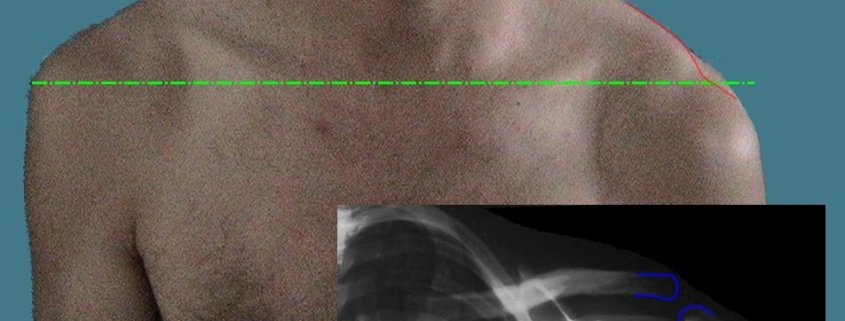
Acromioclavicular Joint Separation
Overview
Acromioclavicular Joint Separation, commonly known as AC joint separation or shoulder separation, is a common condition marked by a dislocation or injury of the acromioclavicular joint in the shoulder. This joint is where the clavicle (collarbone) meets the highest part of the scapula (shoulder blade) called the acromion. Injuries to this region are often as a result of sports-related accidents, falls, or direct blows to the shoulder.
Types
The severity and nature of an AC joint separation can vary and is typically classified into six types:
-
- Type I: A mild dislocation where the AC ligament is partially torn but the coracoclavicular (CC) ligaments are unharmed.
-
- Type II: A moderate injury where the AC ligament is completely torn and the CC ligaments are partially torn.
-
- Type III: A severe condition where both AC and CC ligaments are completely torn, causing visible shoulder displacement.
-
- Type IV, V, and VI: These injuries involve severe damage to the AC, CC ligaments, the surrounding muscle, and displacements of the clavicle in various directions.
Causes
AC Joint Separation typically results from a sudden, forceful blow to the shoulder – often from a fall, collision, or sports-related impact. It is prevalent among contact sport athletes like rugby and football players. Other factors like aging, engaging in heavy lifting, or repetitive overhead movements can also result in wear and tear of the AC joint.
Symptoms
The most common symptoms of AC Joint Separation include:
-
- Sharp or severe pain at the top of the shoulder, potentially radiating up the neck or down the arm.
-
- Limited range of motion in the shoulder.
-
- A visible lump or bump at the top of the shoulder.
-
- Swelling or bruising in the shoulder area.
Diagnosis
Diagnosing AC Joint Separation typically involves a physical examination and imaging tests. Doctors may ask about the patient’s medical history, details of the injury, and the symptoms experienced. Physical examination includes assessing the range of motion, strength, and tenderness of the shoulder. Imaging tests like X-rays, MRI, or ultrasound may be conducted to visualize the injury and determine its severity.
Treatment Options
Treatment largely depends on the severity of the injury. For Type I, II and sometimes III separations, non-surgical methods are usually advocated. This includes:
-
- Resting and immobilizing the shoulder with a sling.
-
- Ice application to reduce swelling.
-
- Over-the-counter or prescribed pain medications.
-
- Physical therapy exercises to restore strength and mobility.
For more severe injuries (Type III-VI), surgical intervention might be necessary. Various techniques like ligament reconstruction, repair, or joint resection might be used.
Living With Acromioclavicular Joint Separation
Once initial healing has occurred, it’s crucial to begin rehabilitating the shoulder through physical therapy under the guidance of a physiotherapist or doctor. It’s crucial to avoid heavy lifting and strenuous activities until the injury is fully healed. Eating a balanced diet rich in proteins, vitamins, and minerals can aid in the recovery of the joint.
When to Seek Help
It’s important to consult a doctor if you experience shoulder pain following a fall or impact injury, especially if the pain is sharp, severe, or persistent. Anything that hampers your shoulder movement or causes visible deformity necessitates immediate medical help.
This guide is meant to be a user-friendly overview of Acromioclavicular Joint Separation. However, specific cases may require more personalized treatment, thus always consult with a health professional regarding any concerns or symptoms.
